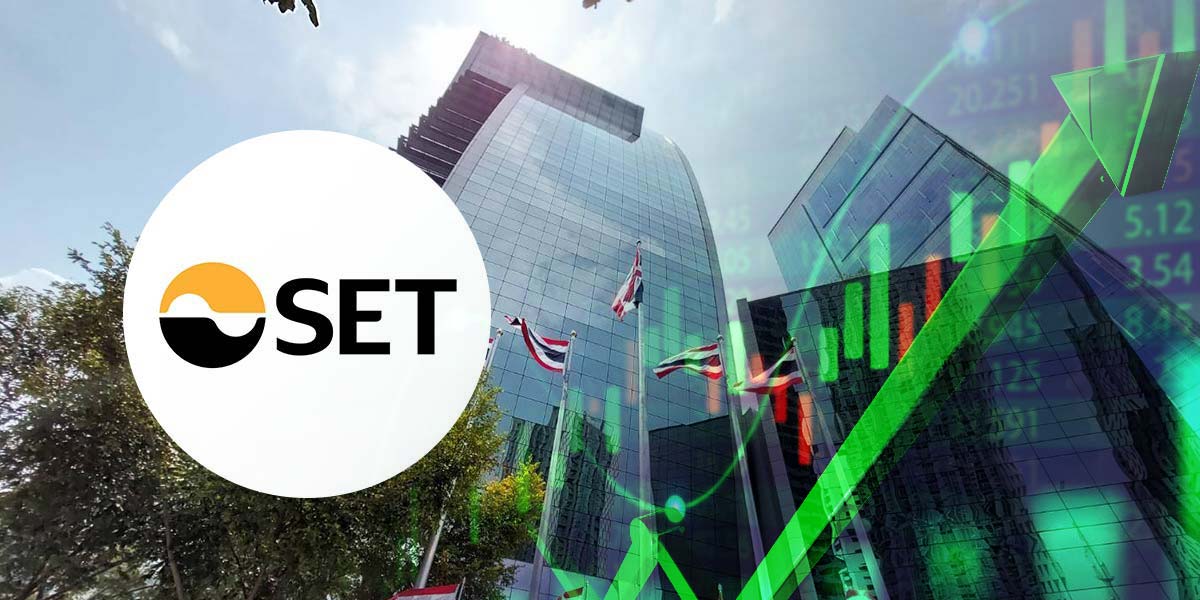After a dreadful first half of 2025—where the SET Index sank roughly 22% and earned the dubious distinction as one of the world’s worst‑performing indices—the Thai market staged a stunning turnaround in July, making it arguably the top‑performing global index for the month with over 13% month-to-date gain, ahead the likes of Nasdaq, Nikkei and Hang Seng Index.
| Index | Country | MTD % Chg |
| SET Index | Thailand | 13.23 |
| IDX Composite | Indonesia | 9.96 |
| VN Index | Vietnam | 8.53 |
| HANG SENG | Hong Kong | 6.03 |
| KOSPI | S.Korea | 5.17 |
| SSE Composite | China / Shanghai | 4.80 |
| NASDAQ 100 | USA | 4.18 |
| FTSE 100 | Britain | 3.66 |
| S&P 500 | USA | 3.20 |
| S&P/ASX 200 | Australia | 1.90 |
| CAC 40 INDEX | France | 1.76 |
| Dow Jones | USA | 1.31 |
| Nikkei 225 | Japan | 0.46 |
| DAX | Germany | 0.25 |
| BURSA KLC | Malaysia | -0.60 |
| PSE | Philippines | -0.62 |
Key Drivers for SET Index
1) Foreign fund inflows driven by low valuations
By late June, the SET was trading at notably low multiples and well below many regional peers. This valuation gap attracted foreign institutional investors seeking yield and upside. As July progressed, net foreign purchases turned positive, injecting fresh liquidity into sectors like banking, petrochemicals, and high-dividend plays. So far, July saw a net foreign inflow to Thai capital market of 15.8 billion baht, compared to a net outflow of 47 billion baht in the first half of the year.
2) Political concerns ease
Thailand’s internal political volatility had weighed heavily on sentiment in the first half, but by early July the political impasse had stabilized. The ruling Pheu Thai Party shows strong commitment to lead Thailand, avoiding a power vacuum. This calm lifted investor confidence and reduced investor risk premiums.
3) Trump’s tariff comments spark optimism
As markets neared the August 1 deadline, fear of punitive 36% reciprocal U.S. tariffs on Thai exports peaked. But on July 28, the U.S. President Donald Trump signaled that baseline reciprocal tariffs would likely settle at 15–20%, not the steep 20-50% feared nor the 10% global blanket tariff previously proposed. The market read this as a major relief for Thailand and reprice rapidly in response.
Analysts saw this shift as favoring Thailand over Vietnam—where a deal had already been struck granting 20% tariffs but with market‑access concessions. Ironically, that arrangement caused Vietnam’s VN‑Index to decline roughly 4% on July 29, likely reflecting investors betting that Thailand might secure better terms once negotiations concluded.
4) Thailand–Cambodia ceasefire takes effect
A breakthrough in Thailand–Cambodia border talks brought a ceasefire ahead of the U.S. deadline. President Trump had explicitly tied trade negotiations to resolution of the conflict—warning that no deal would be finalized until hostilities ceased. Once peace was held, Thailand cleared a critical hurdle in trade talks while gaining praise from the U.S. President—which in turn supported SET’s rally.
5) Tactical valuation advantage wins
Thailand’s market had been deeply discounted for months. As sentiment shifted and prospects brightened, the index rallied sharply—from around 1,115 in early July to 1,230+ by July 29, roughly a 13% month‑to‑date gain—handily outperforming most Asian and global benchmarks.
Among major regional indices, only the SET delivered double‑digit monthly gains. Emerging markets like Indonesia, Vietnam and Philippines saw single‑digit moves; most developed‑market equities remained in the low single‑percentage range or in negative territory in July.
August 1 remains a critical date. If Thailand negotiates for a tariff rate around low-tens or mid-tens levels, as analysts modeled, SET could push toward by early August. Conversely, failure to finalize a deal—or if Vietnam’s agreement proves more favorable—may shift momentum back toward regional peers.
That said, July’s rally reversed much of the underperformance from 1H25. With fresh capital flows, fading political risk, trade optimism, and a peaceful resolution on the border, the SET Index appears to have entered a new phase—transforming from the world’s laggard to one of its standout performers.





